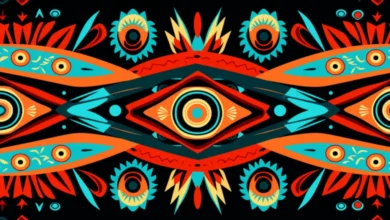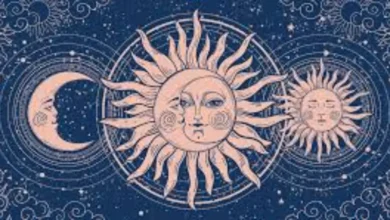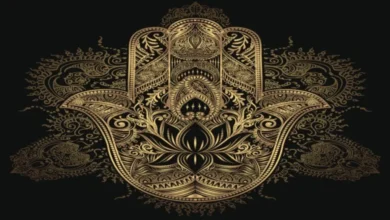Why Nature Still Speaks Through Our Clothes
Imagine walking through a forest in spring — wildflowers peeking through moss, birds darting between branches, rivers humming ancient songs. Now imagine wearing that forest.
Not literally, of course (though some avant-garde designers might try). But symbolically? Absolutely.
For centuries, people across the globe have stitched nature-inspired motifs into their folk costumes — not just to look pretty, but to carry meaning, memory, protection, and identity. These patterns are more than decoration. They’re coded messages from ancestors. Living prayers sewn with thread. Maps of belonging worn on sleeves.
In this article, we’ll explore:
See also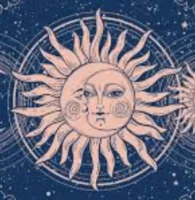 Cosmic Symbols in Traditional Attire: Stars, Suns, and Spiritual Patterns
Cosmic Symbols in Traditional Attire: Stars, Suns, and Spiritual Patterns
- 🌿 How nature shapes cultural dress around the world
- 🧵 What symbols like trees, birds, and water really mean
- 📜 The deep spiritual and social roles these motifs play
- 🌍 Real examples from Native, Slavic, African, Asian, and Indigenous traditions
- ✂️ How you can honor these symbols today — ethically and respectfully
And yes — we’ll keep it simple, scannable, and deeply human. No jargon. No fluff. Just stories that matter.
What Are Folk Costumes, Anyway?
Before we dive into motifs, let’s get clear on what “folk costume” means.
Folk costumes (also called traditional dress, ethnic attire, or national costume) are garments worn by communities to express cultural identity, often tied to region, season, ceremony, or social role.
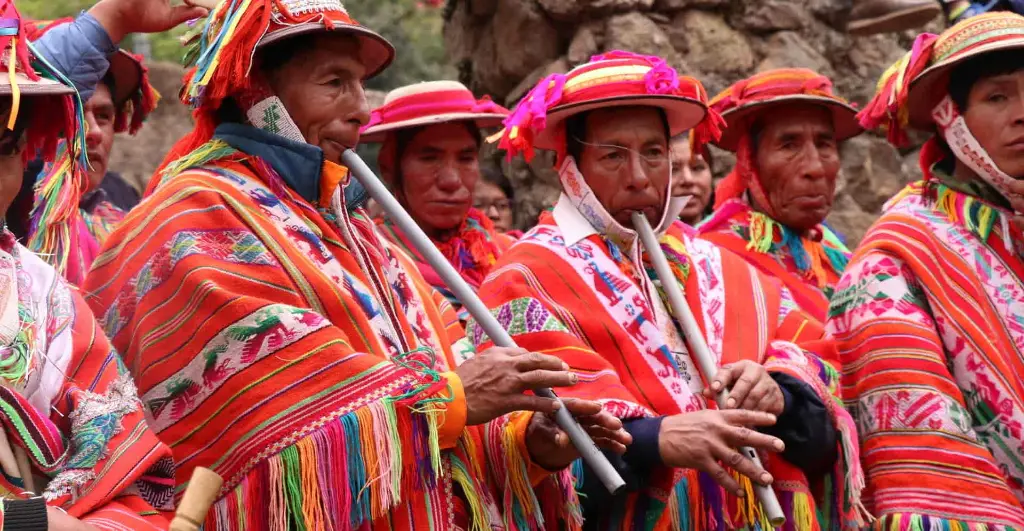
They’re not museum pieces. Many are still worn for weddings, festivals, rites of passage, or even daily life in rural areas.
See also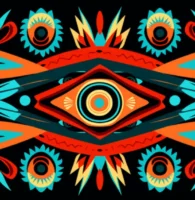 Geometric Patterns in Folk Clothing: Symbolism, History, and Designs
Geometric Patterns in Folk Clothing: Symbolism, History, and Designs
Think:
- The embroidered blouses of Romania (ie)
- The beaded regalia of the Lakota Sioux
- The indigo-dyed kasuri kimonos of Okinawa
- The woven kente cloth of Ghana
These clothes tell stories. And most of those stories begin with nature.
Why Did Cultures Turn to Nature for Symbolism?
Short answer: because nature was — and is — teacher, healer, protector, and relative.
Longer answer? Let’s break it down.
1. Nature Was Their Reality
Before malls, before synthetic dyes, before global supply chains — people lived close to land, sky, animals, plants. Their survival depended on reading seasons, weather, animal behavior. It’s no surprise they wove those observations into clothing.
“The land doesn’t just feed us. It teaches us how to live.”
— Winona LaDuke, Anishinaabe environmentalist and writer
2. Nature Carried Spiritual Meaning
Many cultures saw (and still see) nature as sacred. Trees weren’t just wood — they were ancestors. Birds weren’t just flying creatures — they were messengers. Rivers weren’t just water — they were veins of the Earth.
Clothing became a canvas for reverence.
3. Nature Offered Protection
Patterns mimicking leaves, thorns, eyes, or lightning weren’t just aesthetic. They were believed to ward off evil spirits, illness, or bad luck. Think of them as wearable amulets.
4. Nature Marked Identity
Which flowers grew near your village? Which animals roamed your mountains? Your embroidery told others where you were from — and who you belonged to.
Common Nature-Inspired Motifs & Their Meanings

Let’s get practical. Here’s a quick-reference table of popular nature-inspired motifs found in folk costumes, and what they traditionally symbolize.
| Motif | Common Cultures | Symbolic Meaning(s) |
|---|---|---|
| Tree of Life | Slavic, Turkish, Persian, Native American | Connection, ancestry, growth, immortality |
| Birds | Ukrainian, Chinese, Navajo | Freedom, soul, divine messages, fertility |
| Flowers | Romanian, Indian, Japanese | Beauty, seasons, femininity, rebirth |
| Water/Waves | Celtic, Polynesian, Ainu | Flow, emotion, cleansing, life source |
| Sun | Inca, Baltic, Hopi | Power, energy, cycles, divine eye |
| Animals | Siberian, Maasai, Sami | Strength, clan identity, spirit guides |
| Mountains | Tibetan, Andean, Mongolian | Stability, challenge, sacred space |
| Stars/Moon | Berber, Bedouin, Scandinavian | Guidance, mystery, feminine power, destiny |
Now, let’s zoom in on a few standout examples.
🌳 The Tree of Life: Roots That Hold Whole Worlds
You’ve probably seen it — a trunk rising from earth, branches stretching to sky, sometimes with birds or fruits dotting its limbs.
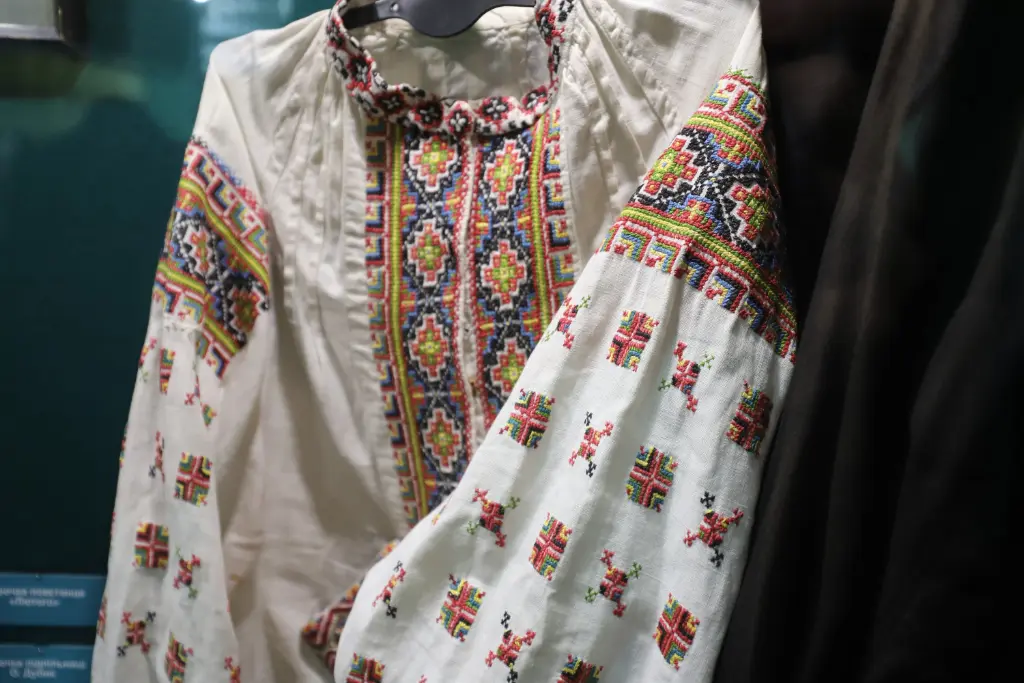
It appears everywhere:
- In Ukrainian vyshyvanka shirts
- On Persian carpets turned into ceremonial coats
- In Navajo sand paintings adapted to woven sashes
What Does It Mean?
More than “just a tree.”
It represents:
- Connection — between earth and sky, past and future, human and spirit
- Ancestry — your roots hold you; your branches reach for what’s next
- Growth — even in harsh winters, life returns
- Immortality — seeds fall, new trees rise
“The Tree of Life isn’t a metaphor. It’s our family tree.”
— Joy Harjo, U.S. Poet Laureate (Muscogee Nation)
In many Native American traditions, the tree is a portal — a place where prayers ascend and blessings descend.
In Eastern Europe, brides wore Tree of Life embroidery to ensure strong lineage and fertile soil — both literal and metaphorical.
🐦 Birds: Messengers Between Worlds
Birds appear in folk costumes more than almost any other creature. Why?
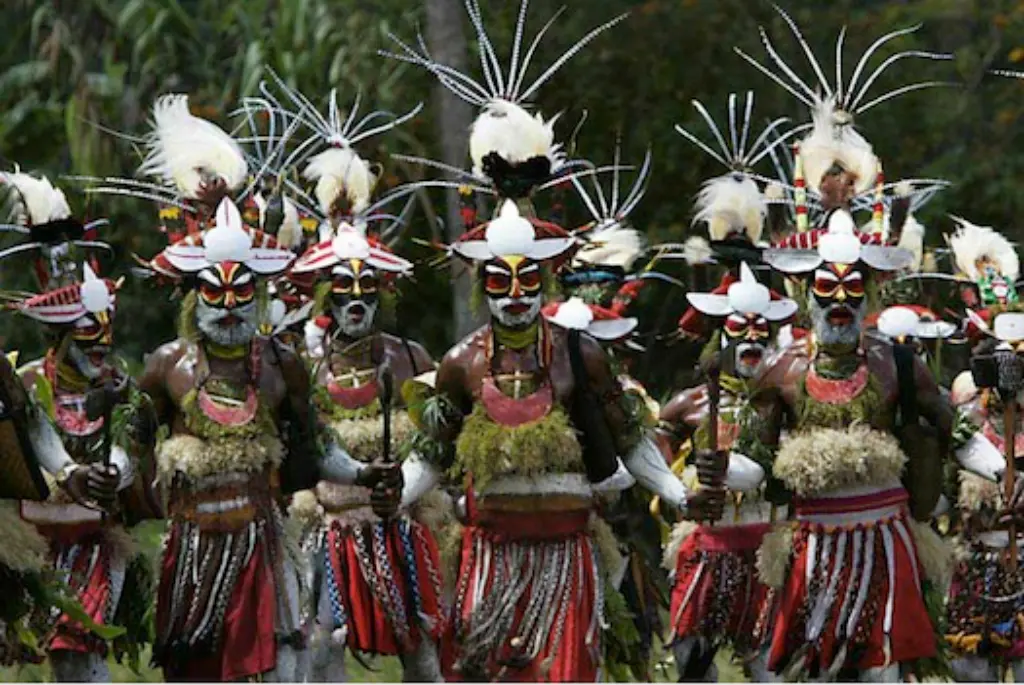
Because they fly.
That simple fact made them magical — able to move between realms humans couldn’t access: ground and sky, life and afterlife, human and divine.
Examples Across Cultures
Ukraine — The Nightingale & Dove
In traditional vyshyvankas (embroidered shirts), doves represent peace and fidelity. Nightingales? Love songs and longing. Often stitched near the collar — close to the heart and voice.
China — The Phoenix & Crane
Phoenixes (fenghuang) symbolize harmony and feminine grace. Cranes = longevity. Both appear on wedding robes and imperial garments.
Navajo — The Thunderbird
A powerful spirit-being, not just a bird. Worn in ceremonial dress to invoke strength, storms, and transformation.
What Birds Teach Us
- You are not stuck. You can rise.
- Your voice matters — sing your truth.
- Even small wings can cross great distances.
🌸 Flowers: Not Just Pretty — Powerful
Floral motifs dominate folk costumes — especially women’s wear. But don’t mistake them for “just decoration.”
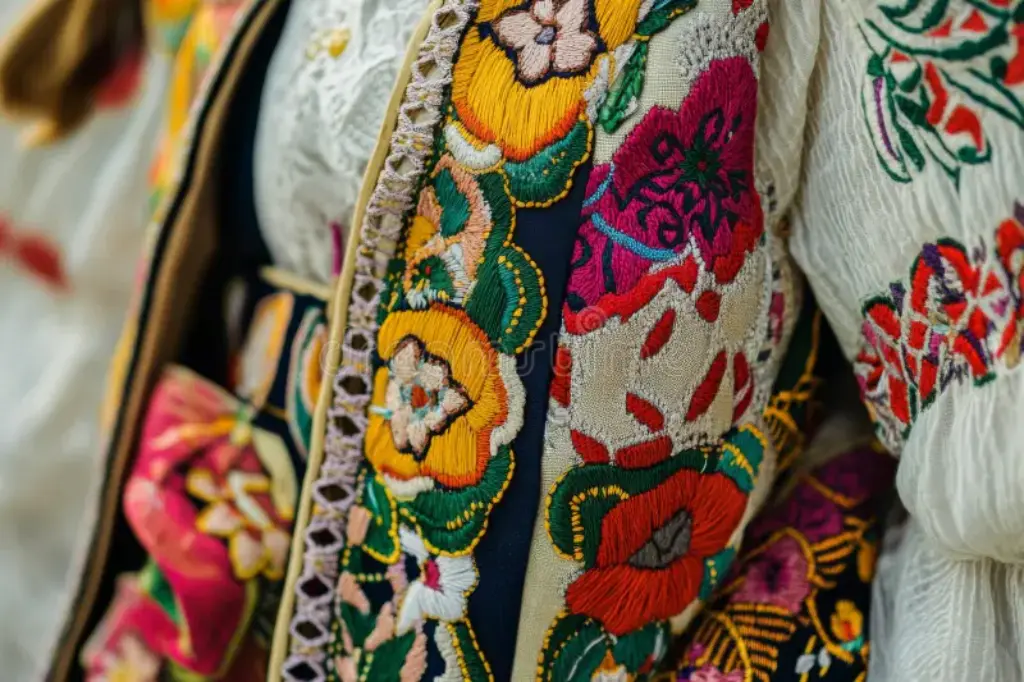
Each bloom carries meaning.
Romania — The “Tree Flower”
Romanian blouses (ie) feature stylized floral patterns that aren’t literal flowers — they’re symbolic hybrids: part tree, part blossom, part sun.
Why? To show that womanhood holds the power of creation — rooted like trees, blooming like flowers, radiant like the sun.
Japan — Cherry Blossoms & Chrysanthemums
Cherry blossoms (sakura) = fleeting beauty, acceptance of impermanence. Often worn during spring festivals.
Chrysanthemums = longevity and nobility. Reserved historically for royalty.
India — Lotus & Marigold
Lotus = purity rising from mud. Sacred in Hindu and Buddhist traditions.
Marigold = celebration, sun energy. Strung into garlands for weddings and Diwali.
“A flower doesn’t dream of competing with the flower next to it. It just blooms.”
— Zen proverb (often cited in textile symbolism)
💧 Water & Waves: The Flow of Life
Water motifs ripple through coastal and riverine cultures — from Celtic knotwork to Ainu robe patterns to West African Adinkra symbols.
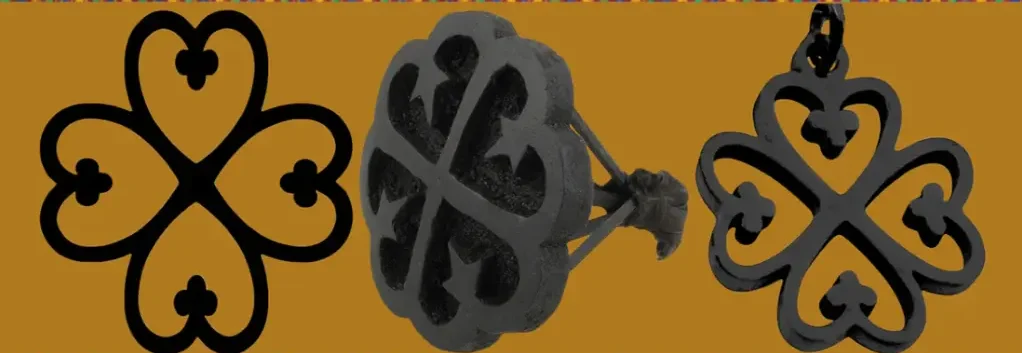
Celtic Spirals & Knots
Often mistaken for “decorative swirls,” these actually mimic ocean currents and river eddies. Worn to invoke adaptability and emotional depth.
Ainu (Japan) — Morew Repe (Swirling Wave)
Used on ceremonial robes (attus), these wave patterns honor the sea — provider of food, cleanser of spirit, home of deities.
Yoruba (Nigeria) — Omi Iy’eye (Sacred Water)
Water symbols on gele headwraps and agbada robes invoke Oshun — goddess of love, fertility, and fresh waters.
What Water Teaches
- Go with the flow — but don’t lose your direction.
- Cleanse what no longer serves you.
- Life moves in cycles. Trust the current.
☀️ Sun Symbols: Wearable Light
Round. Radiant. Central.
Sun motifs appear as circles with rays, spirals, wheels, or even stylized faces.
Inca — Inti (Sun God)
Gold-threaded tunics worn by nobles bore sun disks — not vanity, but devotion. Inti provided warmth, crops, order.
Baltic Nations — Saulė (Sun Goddess)
Lithuanian and Latvian folk skirts feature zig-zag sun patterns. Worn at solstice dances to “wake up” the sun after winter.
Hopi — Sun Face Kachina
Worn in ritual masks and dance kilts, the Sun Face brings balance — light without burn, warmth without drought.
“We are all children of the sun. We rise. We rest. We rise again.”
— Hopi Elder (oral tradition, cited in Courlander, 1971)
🐺 Animal Motifs: Spirit Guides in Thread
Animals weren’t just hunted or herded — they were teachers.
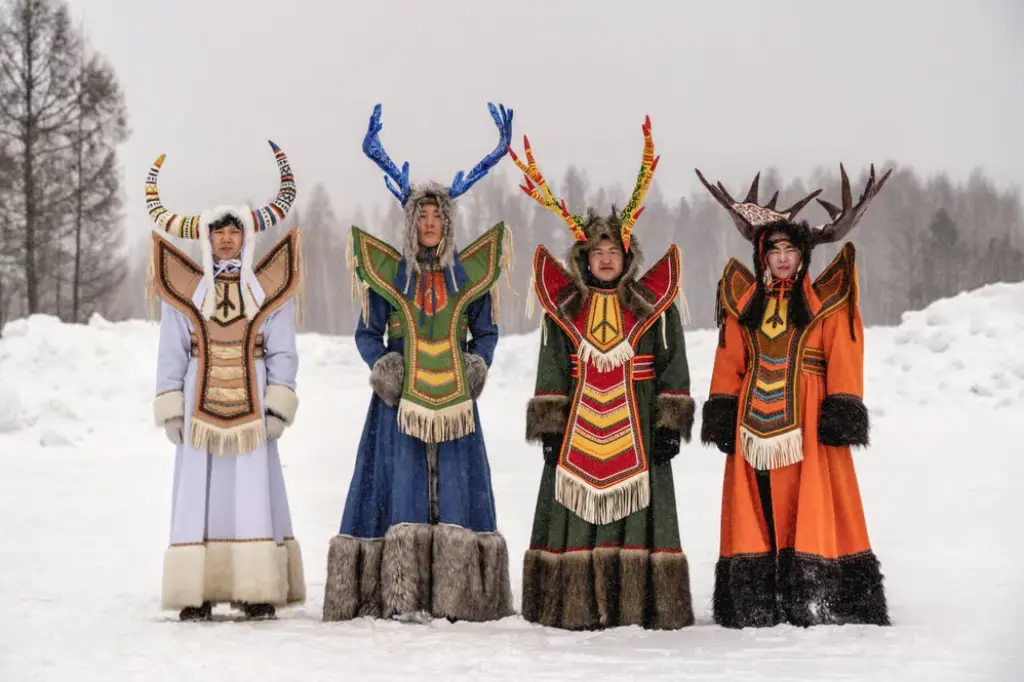
Their images on clothing invoked traits the wearer wished to embody.
Siberia — Reindeer Antlers
On Evenki and Nenets coats, antler motifs aren’t just decorative — they’re maps. Each curve represents migration paths, sacred sites, ancestral trails.
Maasai (Kenya/Tanzania) — Lions & Cows
Lion beadwork = courage. Cow patterns = wealth and nourishment. Colors also matter: red = bravery, white = peace, blue = energy.
Sámi (Scandinavia) — Moose & Bear Tracks
Woven into belts and mittens, these tracks connect the wearer to the forest’s rhythm — when to hunt, when to rest, when to migrate.
⛰️ Mountains & Stars: Mapping the Sacred

Mountains = stability. Stars = guidance.
Simple? Yes. Profound? Absolutely.
Tibet — Snow Lions & Mountain Peaks
Snow lions (mythical creatures) prance across chubas (robes), symbolizing fearlessness and joy amid hardship. Mountain peaks remind wearers: you are held by something greater.
Andes — Apus (Mountain Spirits)
Quechua weavers stitch stepped mountain patterns into ponchos. Each step = a prayer. Each peak = a protector.
Berber (North Africa) — Diamond Stars
Geometric star patterns on Amazigh dresses map constellations — used for navigation, yes, but also for invoking celestial protection.
How Were These Symbols Passed Down?
Not through textbooks. Not through apps.
Through hands.
Grandmothers teaching granddaughters. Mothers guiding daughters. Elders showing youth.
Techniques varied:
- Embroidery (Eastern Europe, Asia)
- Beadwork (Africa, Native North America)
- Weaving (Andes, Southeast Asia)
- Block printing (India, West Africa)
- Appliqué (Polynesia, Central Asia)
Patterns were rarely random. Placement mattered:
- Collars = protection for throat/voice
- Sleeves = connection to action/work
- Hemlines = grounding, connection to earth
- Chest panels = heart space, emotional center
“Every stitch is a word. Every pattern, a sentence. Every garment, a story.”
— Maria Prymachenko, Ukrainian folk artist (UNESCO, 2023)
Colonialism, Erasure, and Cultural Resilience
Let’s pause here.
It’s vital to acknowledge: many of these nature-inspired motifs were nearly lost.
Colonial powers banned traditional dress. Missionaries called them “pagan.” Industrialization replaced handmade textiles with factory prints.
But communities resisted.
They hid symbols in plain sight — stitching forbidden patterns under collars, using muted threads, passing knowledge in whispers.
Today, there’s a powerful resurgence.
- Young Ukrainians wear vyshyvankas as acts of national pride — and resistance.
- Native designers reclaim beadwork once outlawed by boarding schools.
- Maasai women turn bead patterns into global fashion — on their own terms.
“They tried to bury us. They didn’t know we were seeds.”
— Mexican Proverb (popularized by Dinos Christianopoulos, adopted by global Indigenous movements)
Modern Revival: Wearing Symbols With Respect
So… can you wear these motifs today?
Yes — if you do it right.
Here’s how:
✅ DO:
- Learn the meaning behind the symbol before wearing it
- Support Native/Indigenous/folk artists directly (not mass retailers)
- Ask permission if adapting sacred or ceremonial designs
- Give credit — name the culture, artist, region
- Wear with intention — not as “costume,” but as connection
❌ DON’T:
- Buy cheap knockoffs from fast fashion brands
- Wear sacred ceremonial items as “trendy accessories”
- Claim a motif as “yours” without cultural ties
- Ignore context — e.g., wearing war bonnet-inspired headbands to Coachella
“Appreciation invites learning. Appropriation steals without understanding.”
— Adrienne Keene, Cherokee scholar, @nativeappropriations
DIY: Create Your Own Nature-Inspired Symbol (Ethically!)
Want to design something personal — inspired by nature, but not copying sacred cultural motifs?
Here’s a simple exercise:
Step 1: Walk Outside
Find a plant, animal, stone, or landscape that speaks to you. Sit with it. Sketch it. Take notes.
Step 2: Ask — What Does It Teach Me?
Is it resilient? Gentle? Bold? Protective? Write down 3 traits.
Step 3: Simplify Into a Symbol
Turn your observation into a shape. A curved line for wind. A triangle for mountain. A spiral for snail shell.
Step 4: Stitch, Paint, or Print It
Put it on a tote bag, t-shirt, journal cover — anywhere meaningful to you.
Example:
I chose a dandelion. It grows in cracks. Survives mowing. Flies far on wind. My symbol? A puffball with radiating lines. I stitched it on my denim jacket. It reminds me: resilience is quiet. And beautiful.
This way, you honor nature — without appropriating culture.
Table: Where to Buy Ethically Made Folk-Inspired Wear
| Region/Culture | Ethical Brand or Collective | What They Offer | Website / Contact |
|---|---|---|---|
| Ukrainian | Vyshyvanka Day Project | Hand-embroidered shirts, supports artisans | vyshyvankaday.org |
| Native American | Beyond Buckskin (curated) | Beadwork, ribbon shirts, jewelry | beyondbuckskin.com |
| Maasai | Masaai Women Artisans of Kenya | Beaded necklaces, cuffs, earrings | masaaiwomenartisans.org |
| Andean | Awamaki (Peru) | Handwoven scarves, bags, textiles | awamaki.org |
| Sámi | Duodji Sámi Crafts Association | Reindeer leather, wool, silverwork | duodji.org |
| Ainu | Ainu Craft Official Store (Hokkaido) | Attus robes, woodcarvings, embroidery | ainu-craft.jp (Japanese site) |
Always verify authenticity and fair wages. Avoid Amazon/Etsy resellers unless verified by the community.
Why This Matters Today — More Than Ever
We’re living in a time of climate crisis. Disconnection. Digital overload.
Nature-inspired motifs in folk costumes offer something radical:
A reminder that we belong to the Earth — not the other way around.
When you wear a leaf pattern, you remember forests. When you stitch a wave, you honor oceans. When you bead a bird, you celebrate flight — literal and spiritual.
These symbols are anchors. Compasses. Prayers.
They invite us to slow down. To notice. To revere.
“The Earth does not belong to us. We belong to the Earth.”
— Chief Seattle (Suquamish/Duwamish), 1854 speech
Call to Action: Wear Meaning. Honor Origins. Protect Earth.
You don’t need to wear a full folk costume to carry these symbols forward.
Here’s how to start — today:
🌱 1. Educate Yourself
Pick one motif from this article. Research its origin. Read a book by a Native or Indigenous author. Watch a documentary led by community voices.
📚 Recommended:
- Braiding Sweetgrass by Robin Wall Kimmerer (Potawatomi)
- The Secret Language of Plants by Dr. Monica Gagliano (includes textile symbolism)
- Patterns of the People (exhibition catalog, National Museum of the American Indian)
🧵 2. Support Living Artists
Buy directly from cultural creators. Pay fairly. Share their work. Tag them. Thank them.
👉 Tip: Search “[Culture] + textile artist + Instagram” — you’ll find incredible makers.
🌍 3. Create Your Own Nature Symbol
Use the DIY guide above. Make something only you understand — but rooted in real observation.
🗣️ 4. Speak Up
See cultural appropriation? Gently educate. See fast fashion stealing sacred designs? Call it out. See nature being destroyed? Advocate.
🙏 5. Give Back
Donate to land-back initiatives. Plant native species. Clean local rivers. Protect habitats that inspire these very symbols.
“We are not separate from nature. We are nature — wearing skin, walking on two legs, telling stories.”
— Toko-pa Turner, Indigenous wisdom teacher
Final Thought: You Are Part of the Pattern
Next time you see a bird stitched on a blouse, a wave woven into a skirt, a sun beaming from a sash — pause.
That’s not “just fabric.”
That’s a grandmother’s hands remembering. A child’s hope for rain. A warrior’s prayer for protection. A lover’s song carried on wings.
Nature-inspired motifs in folk costumes are living archives. Silent teachers. Earth’s poetry made visible.
Wear them with reverence. Learn their language. Pass them on — correctly.
And maybe — just maybe — let them remind you:
You, too, are nature. Wild. Wise. Woven into the whole.
💌 Loved this? Share it with someone who stitches, studies, or simply wonders why old patterns still matter.
🌏 Follow #FolkCostumeRevival or #WearYourRoots on Instagram to see living traditions in action.
✂️ Ready to make your own symbol? Grab thread. Step outside. Begin.
—
Written with respect for all Earth-honoring cultures. May we wear their wisdom lightly, carry it deeply, and return it generously.
